The very best - and worst - of Sony's phones
Sony's mobile hits and misses over the last decade
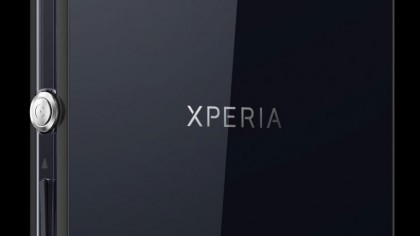
Introduction
Sony's performance in the smartphone market in recent years has been so woeful that there's been talk of it dumping the sector altogether. It has already all but abandoned the US and a major scaling back this year may see its smartphone output reduced to the Xperia X line going forward.
How did it get here? Back in the day the Sony Ericsson name was a mark of quality, neck and neck with Nokia in the race to dominate. Sony successfully stirred its Walkman and Cyber-shot brands into the mobile market and turned out a lot of memorable phones.
Everyone was caught flat-footed by the iPhone, but Sony took longer than most to catch onto the new wave that was to sink Nokia. Even its critically acclaimed Android releases have failed to hit the mark on sales, though they probably deserved a bigger audience.
Join us as we rewind to find Sony's high points and bum notes from the last decade.
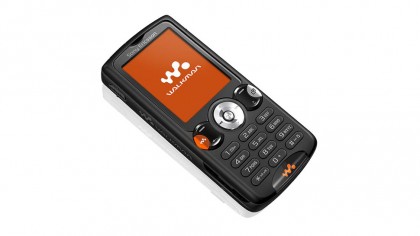
Best: Sony Ericsson W810i
Price at launch: £350, US$499, AU$500
Released: April 2006
Hard to believe it's been ten years since Sony Ericsson's follow up to its first Walkman-branded phone. The W810i landed in 2006 and brought some important improvements to the bright orange W800i, toning down the colour scheme, offering worldwide coverage, ditching the joystick for a D-pad, and boosting the display resolution.
It also had a 2MP camera, a special music-only mode, and just 20MB of internal memory boosted by the bundled 512MB Memory Stick Duo. The iPhone was still a year away and Sony managed to sell more than 15 million of these.
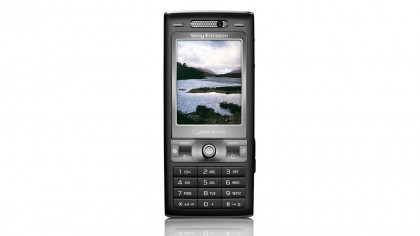
Best: Sony Ericsson K800i
Price: £400, US$550, AU$750
Released: June 2006
Not content with stirring Walkman into the mix, Sony also decided to pull in some camera branding. The K800i was its first Cyber-shot branded phone. The 3.2MP camera with autofocus was considered the best available at the time.
The xenon flash elevated low light and indoor performance, bringing mobile phone photography closer to the compact camera market.
This candy bar phone also sported a 2-inch display, 3G support, and a front-facing camera for video calls. Sadly, it retained the old joystick for navigation, and only had proprietary Sony flash memory and headphone support. Still, it was an important step up in the mobile phone camera wars.
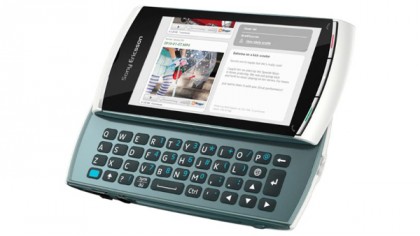
Worst: Sony Ericsson Vivaz Pro
Price: £340, US$500, AU$650
Released: May 2010
Continuing down the wrong road, or you might say flogging a dead horse, Sony was still trying to cram more features into a Symbian S60 phone in 2010.
Unfortunately, it also cut corners in several places with a 3.2-inch resistive TFT touchscreen, seriously creaky build quality, and really sluggish performance. The Vivaz Pro was basically the disappointing Vivaz with a physical keyboard slapped on the back.
Not content with that addition Sony also added a skin on top of the confusing interface. Consider that the HTC Desire was already on the market and the iPhone 4 came out at around the same time.
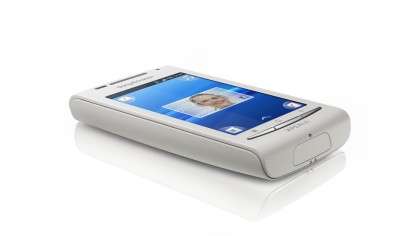
Worst: Sony Ericsson Xperia X8
Price: £140, US$200, AU$280
Released: September 2010
The budget end of the market has never been Sony's forte and the Xperia X8 was an entry-level disaster. It was chubby, sported an unresponsive, blurry 3-inch display, and had that weird four-corner, customised interface on top of aging Android 1.6 (even though 2.2 was available).
It was also underpowered, which, coupled with the Sony Ericsson interface, made it seriously sluggish. To top it all off it had a worse camera than the K800i released four years earlier. There were lots of better budget phones available at the time, even from Sony.
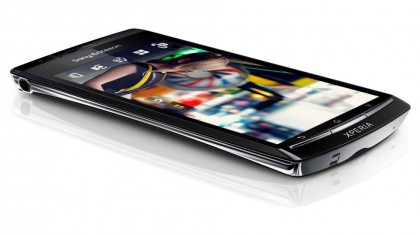
Best: Sony Ericsson Xperia Arc
Price: £430, US$600, AU$850
Released: March 2011
When Sony switched to Android with the Xperia X10 it was pretty clear that it had some catching up to do. The Sony Ericsson Xperia Arc landed in 2011 and began to close the gap, pointing the way to a possibly bright smartphone future for the company.
It was slim and sexy, ran the latest Android 2.3.2, and even had an HDMI output. There was a big, good-looking 4.2-inch display and an excellent 8.1MP camera.
Sure, it only had a single-core processor and Sony Ericsson's Timescape widget was glitchy, but if Samsung hadn't released the Galaxy S2 at around the same time it could have done much better.
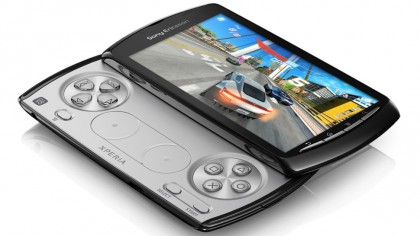
Worst: Sony Ericsson Xperia Play
Price: £480, US$690, AU$955
Released: March 2011
The fabled and hotly anticipated PlayStation phone was a real opportunity for Sony to leverage a successful brand to give it a foot up in the smartphone market, just as it had done with Walkman and Cyber-shot in the past.
Sadly, when the Xperia Play finally arrived, it completely failed to live up to the hype. It was far too expensive, the slide out gamepad made it chunky, and there was a lack of polish.
It didn't compare favourably to the competition as a phone and it lacked exclusive gaming content to take advantage of the physical gamepad.
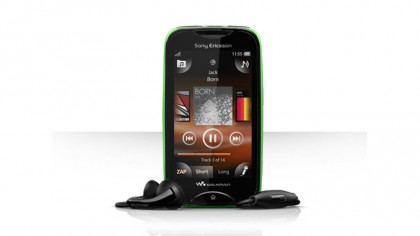
Worst: Sony Ericsson Mix Walkman
Price: £110, US$160, AU$220
Released: August 2011
How long could Sony expect the iconic Walkman brand to go on selling phones? Up until it slapped it on the incredibly tacky and ugly Sony Ericsson Mix Walkman.
It was cheap and had decent stereo speakers, but everything else about this phone, from the unresponsive touchscreen, to the poor camera and Sony Ericsson's horrible Java platform, was awful.
Prodding the 3-inch, pixelated screen was a jerky, stuttering exercise in frustration. It didn't even have 3G support.
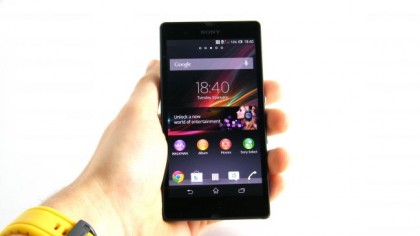
Best: Sony Xperia Z
Price: £529, US$760, AU$1,050
Released: February 2013
After going back to the drawing board and dropping the Ericsson brand, Sony came out of its corner swinging. The Xperia Z boasted cutting edge specs and the surprising ability to take a dunk.
This was a stylish device featuring classic, minimalist, industrial Sony design. It was like the company had finally started listening to what people wanted in the smartphone market.
A good-looking, large display, solid battery life, and smooth performance with Android on-board. It may not have been perfect, but it was a giant leap in the right direction.
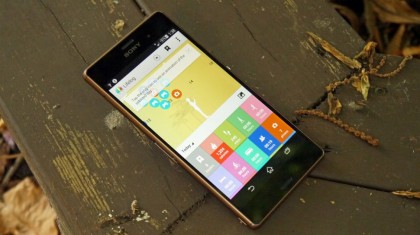
Worst: Sony Xperia Z3+
Price: £415, US$645, AU$875
Released: June 2015
Sony decided to refresh the flagship Xperia Z line every six months, beating the annual industry average in an attempt to catch up with the competition. The Z2 had been a great follow-up to the original Z, and there were notable improvements in the Z3, but Sony seemed to run out of steam with the Xperia Z3+.
Even the name was a hint that this was only a slight bump on its predecessor. It also had a serious overheating problem, which had to be fixed with an update, and mediocre battery life. It wasn't a bad phone overall, but it felt like Sony had taken its foot off the gas.
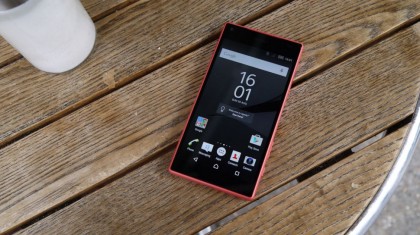
Best: Sony Xperia Z5 Compact
Price: £429, US$500, AU$915
Released: October 2015
As screen sizes rocketed and the line between phablets and smartphones became increasingly blurred, Sony was the only Android player to continue making small phones with cutting edge specs.
We could have easily had the Z1 Compact or the Z3 Compact on the list, but we've gone for the recent Xperia Z5 Compact instead. It's blazing-fast, the battery life is excellent, and the camera is solid.
All Sony's Compacts were, quite simply, the best small Android phones you could get when they were released, and the Z5 Compact looks set to hold that title for quite some time to come.